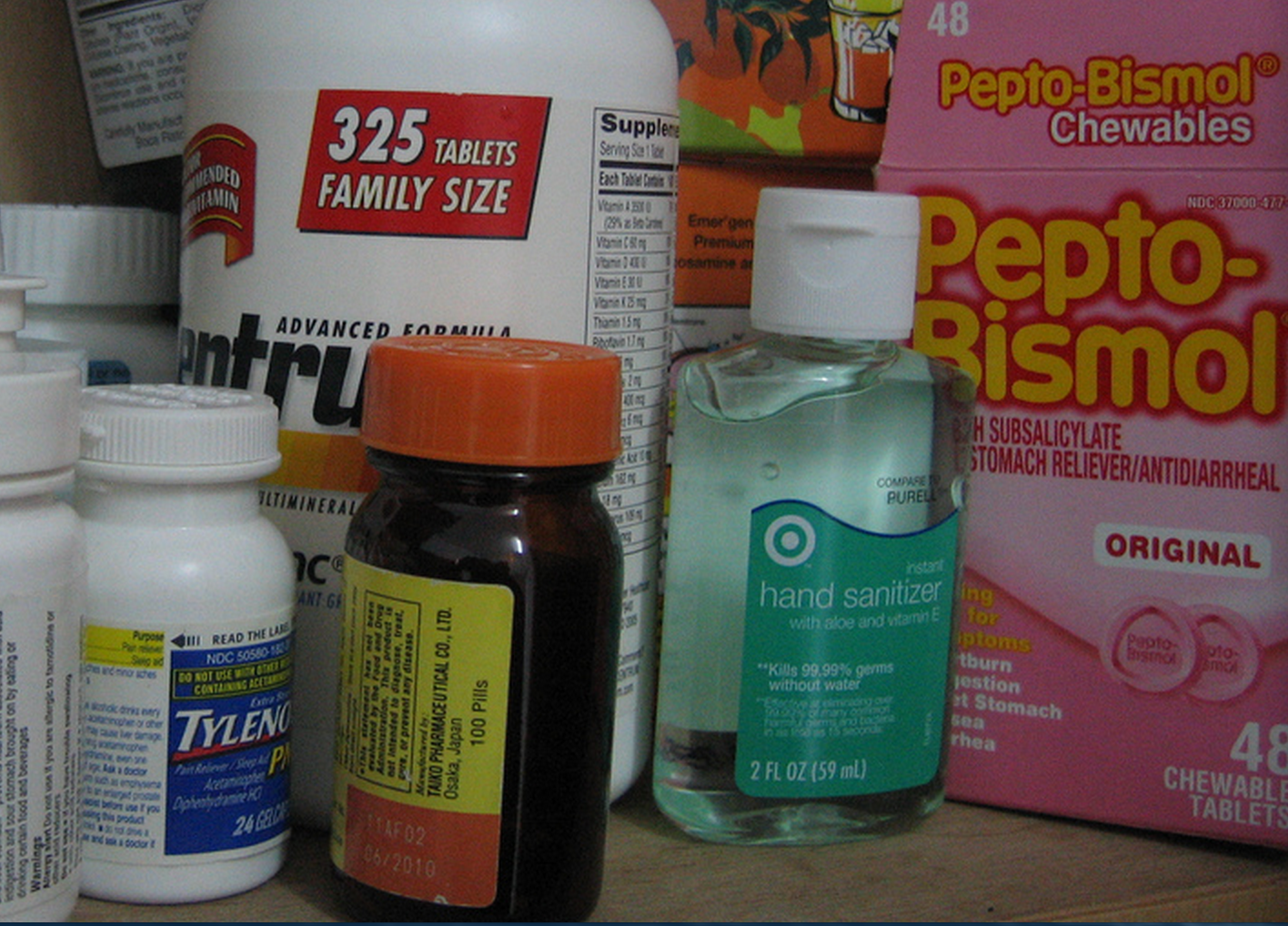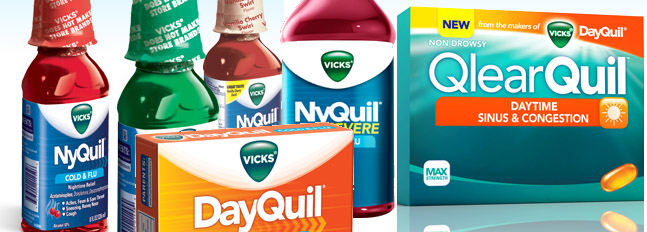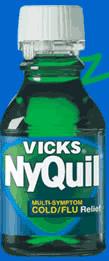When you buy some Tylenol or NyQuil, you probably know — or find out easily from looking at the label — that these products contain acetaminophen. But knowing the names of active ingredients in an over-the-counter drug isn’t the same as knowing how those ingredients will interact with other drugs or what could happen if you take too much. A new study looks at the apparent disconnect between reading a label and understanding the potentially dangerous implications of what you’re taking. [More]
nyquil

We Know How To Read Over-The-Counter Drug Labels, But We Don’t Always Understand The Potential Dangers

What’s The Difference Between All The Many NyQuil Variations?
For decades, sick people in search of a night’s rest — and high school kids in search of something to amuse themselves with — took Vicks NyQuil, and eventually woke up, often feeling like they’d hibernated for a season. Then they introduced DayQuil, which takes away all the fun of NyQuil, but supposedly lets you do your job without nodding out mid-meeting. More recently, Vicks added ZzzQuil and the bizarrely named QlearQuil, but what the H-E-double-hockey-sticks are they all about? [More]

NyQuil Minus Pseudoephedrine: Now Pseudoeffective
When once we were Tiny Consumerists who ate dirt, our sniffling noses and mild fevers were accompanied by dread. Would we be subjected to that foul syrup Nyquil, the vile tincture that tasted like candied anise melted between the assfolds of Sammy Davis Jr’s scotch-soaked corpse? Even with a milk chaser and the (inexplicably effective) soothing sound of a running tap, we could barely choke it back. This quickly bred our propensity for bucking up, which will be useful come the day when we are dying of lung cancer and Gawker Media still doesn’t offer insurance.

